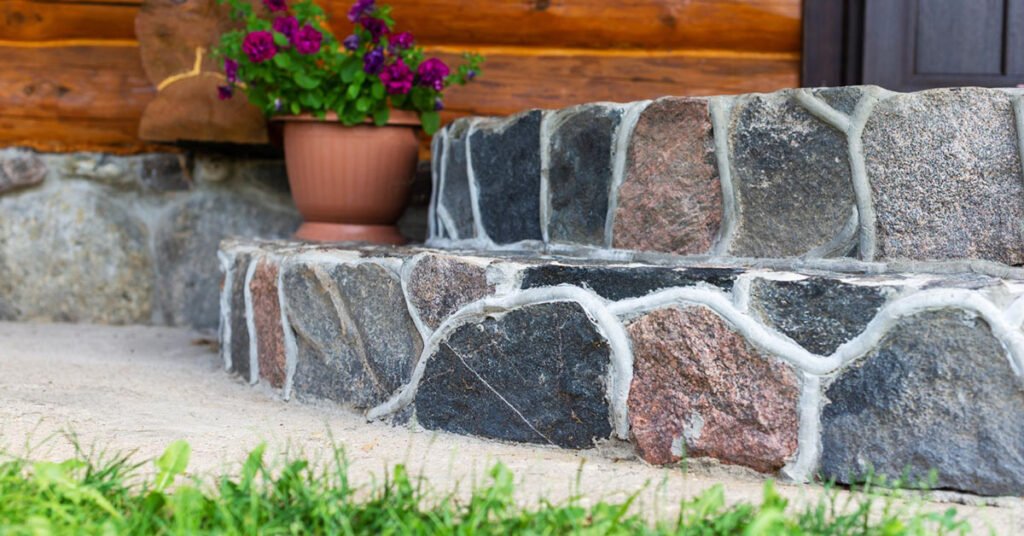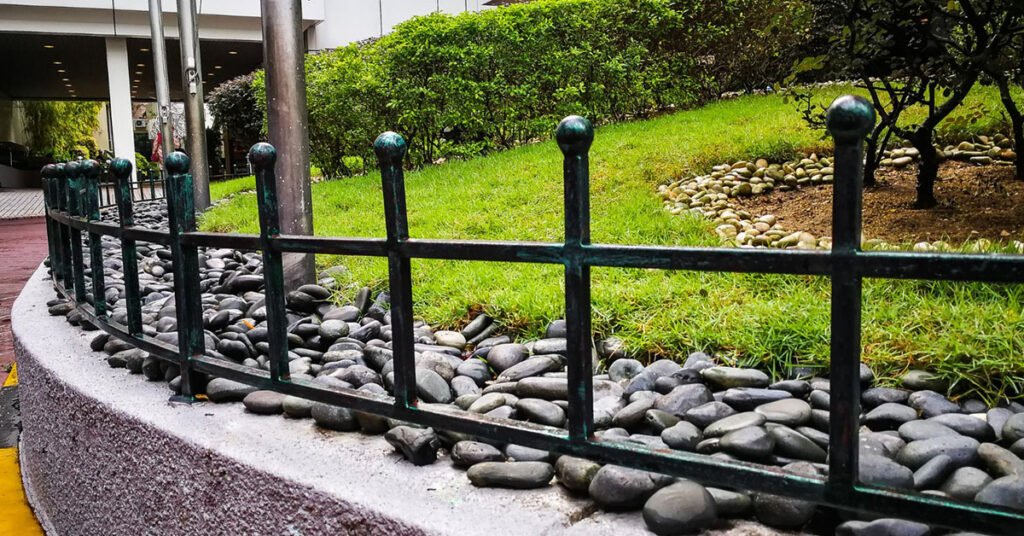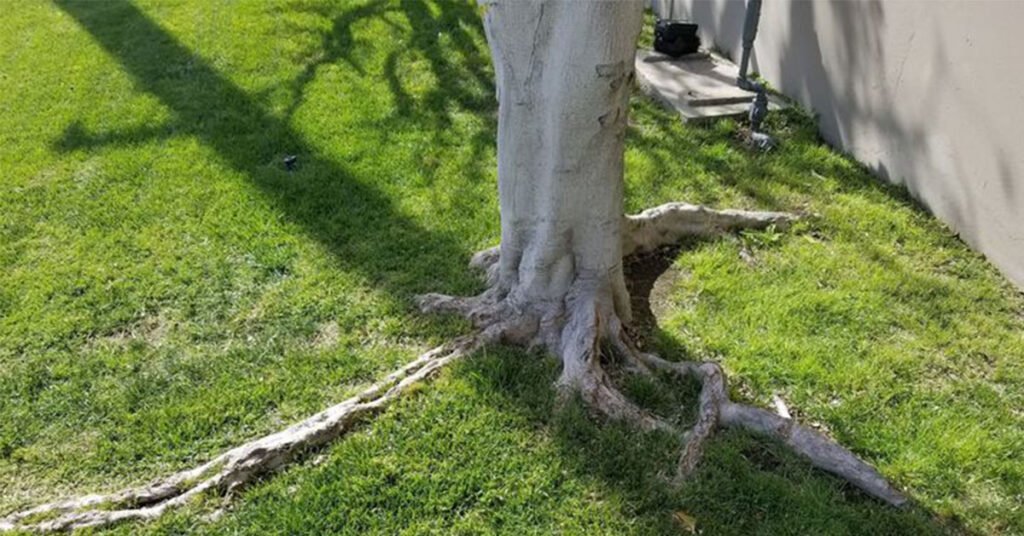The landscape industry has a lot to offer! The fundamentals of this vibrant industry are essential for anyone interested in this field or considering a career in it. Landscape rock measurement is an important aspect of landscaping. This comprehensive guide explains how to measure for landscape rock, so you can take on your landscaping projects with confidence. Let’s get started.
How to Measure for Landscape Rock
The following is a step-by-step guide that you should follow to measure for landscape rock.
Step 1: Assessing the Area
The first step in measuring for landscape rock is assessing the area you plan to cover. Take note of the length, width, and any irregularities or obstacles such as trees, flower beds, or structures. It’s helpful to sketch a rough diagram of the area, marking down measurements and noting any specific features that may impact the placement of landscape rock.
Step 2: Calculating Square Footage
Once you have a clear understanding of the area, it’s time to calculate the square footage. For rectangular or square areas, simply multiply the length by the width. If your space is irregularly shaped, break it down into smaller sections and calculate the square footage of each before adding them together.
Step 3: Determining Depth
The next consideration is the desired depth of your landscape rock. This will depend on factors such as the type of rock, the intended use of the area, and personal preference. A common depth for decorative purposes is 2 to 3 inches, while areas with heavier foot traffic may require a depth of 4 to 6 inches.
Step 4: Estimating Volume
With square footage and depth determined, you can now estimate the volume of landscape rock needed. To do this, multiply the square footage by the depth. For example, if your area measures 500 square feet and you want a depth of 3 inches (0.25 feet), the total volume required would be 125 cubic feet (500 * 0.25).
Step 5: Adjusting for Compaction and Overfill
It’s important to account for compaction and overfill when ordering landscape rock. Compaction occurs as the rock settles over time, so it’s wise to order slightly more than your calculated volume to compensate for this. Additionally, having a bit of extra rock on hand allows for minor adjustments during installation and ensures complete coverage.
Why Measurement Matters
Before delving into the specifics of measuring for landscape rock, it’s crucial to understand the significance of accurate measurements in landscaping projects.
Optimal Resource Utilization
Precise measurements ensure that you order the right amount of materials for your project. Overestimating or underestimating can lead to unnecessary expenses or delays. By measuring accurately, you can optimize the use of resources and stay within budget.
Minimization of Wastage
Wastage is a common issue in landscaping projects, often resulting from inaccurate measurements or poor planning. Ordering excess materials not only incurs additional costs but also leads to environmental concerns. Proper measurement techniques help minimize wastage by ensuring that you only purchase what is needed for the project.
Aesthetic Integrity
Landscaping is as much about aesthetics as it is about functionality. Accurate measurements are essential for achieving the desired visual impact of your design. Whether you’re creating a lush garden or a modern hardscape, precise measurements lay the foundation for a cohesive and visually pleasing landscape.
Structural Stability
Beyond aesthetics, proper measurements contribute to the structural stability of your landscape features. Whether you’re installing pathways, retaining walls, or decorative rock beds, accurate measurements ensure that elements are positioned correctly and built to last. This is particularly important in areas prone to erosion or other environmental factors.
Time Efficiency
Time is of the essence in landscaping projects, especially for professionals with tight deadlines. Accurate measurements streamline the planning and execution process, minimizing the need for adjustments or corrections along the way. By getting the measurements right from the start, you can save valuable time and resources.
Client Satisfaction
For landscaping professionals, client satisfaction is paramount. Accurate measurements translate to a well-executed project that meets or exceeds the client’s expectations. By demonstrating attention to detail and precision in your work, you can build trust and loyalty with your clients, leading to repeat business and referrals.
Read More: How To Keep Landscape Rocks In Place
Conclusion
You’ve mastered the art of measuring for landscape rock. Armed with this knowledge, you’re ready to tackle your landscaping projects with confidence and precision. Remember, accurate measurements are the cornerstone of a successful outcome, so take the time to assess your space carefully and plan accordingly.
By following these steps, you can ensure that your landscaping endeavors are not only visually stunning but also structurally sound.



